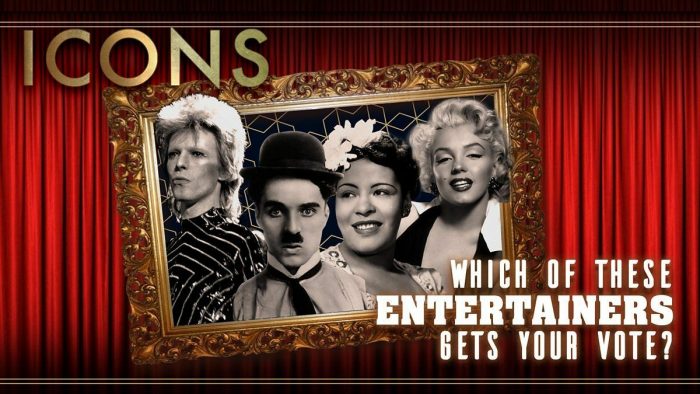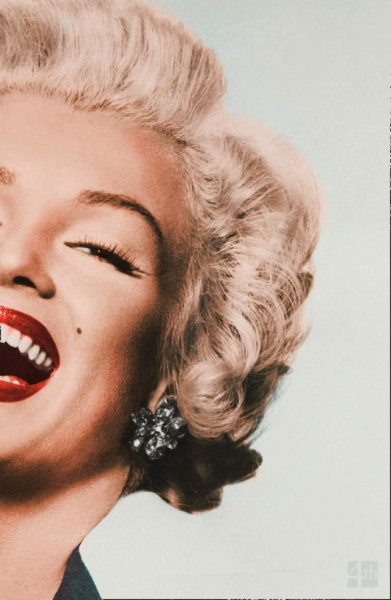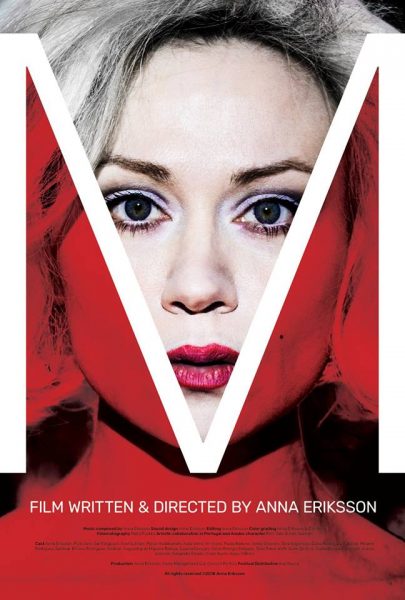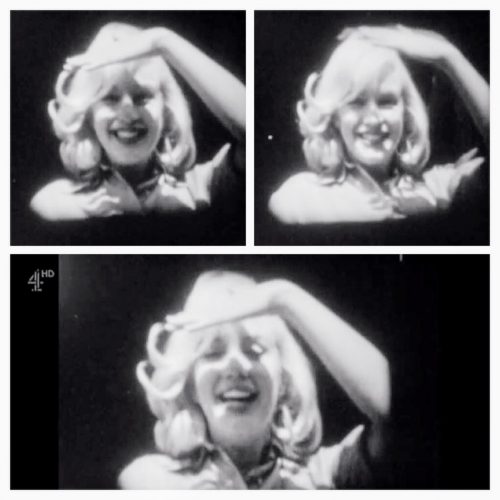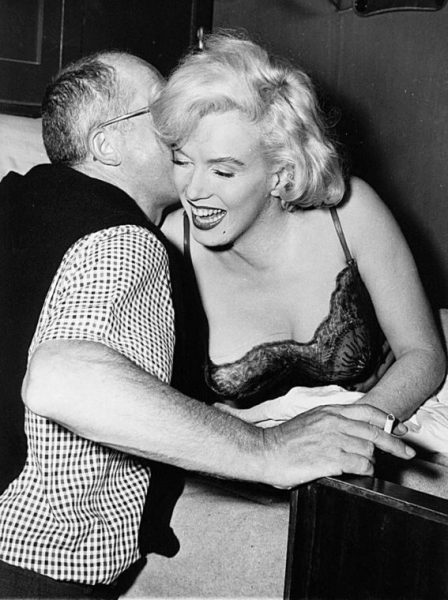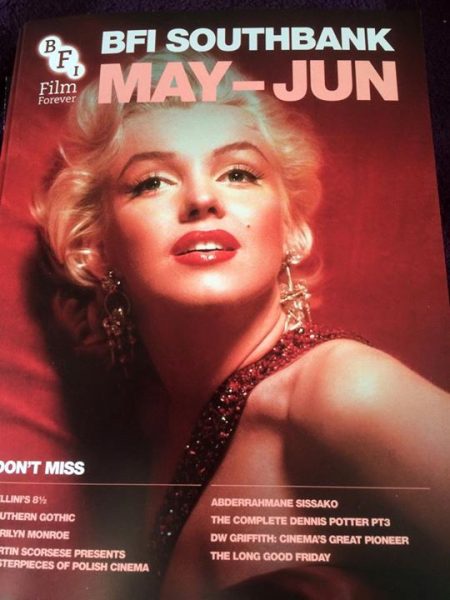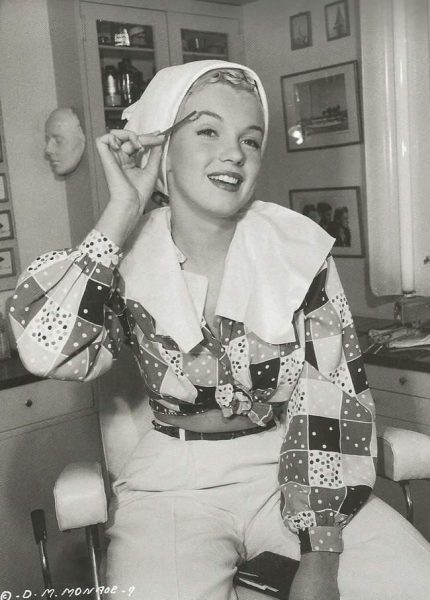
Some Kind of Mirror: Creating Marilyn Monroe is a new academic study of Marilyn’s movie performances by Amanda Konkle. Although set for publication on February 28, it’s already in stock at The Book Depository. Having just read it, I can whole-heartedly recommend this book: it’s thoughtful without being stuffy, and puts the focus back on Marilyn’s work. Some Kind of Mirror is illustrated with screen-captures from Marilyn’s films, as well as the beautiful cover photo by Eve Arnold (showing Marilyn during filming of The Misfits, toasting her loyal friends and co-workers.)
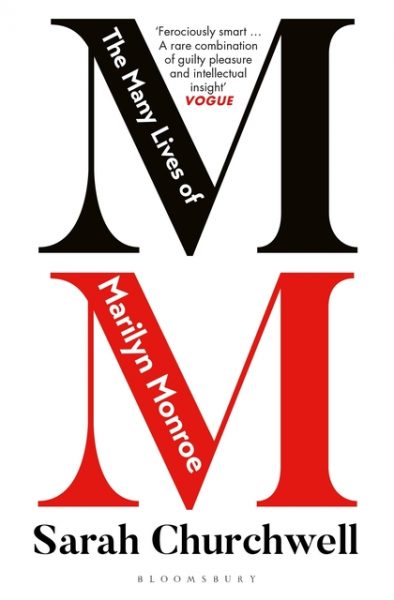
Sarah Churchwell’s excellent 2005 ‘meta-biography’, The Many Lives of Marilyn Monroe, will be reissued in March, as well as being published digitally for the first time. (The only downside for me is no Marilyn on the cover!)
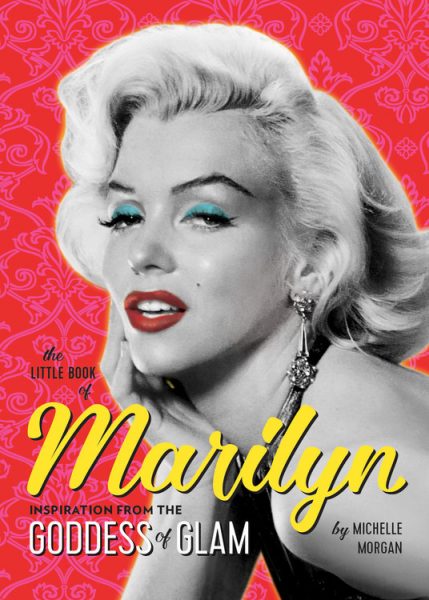
And looking further ahead, The Little Book of Marilyn: Inspiration From the Goddess of Glam – the latest from ace biographer Michelle Morgan – is coming in July.
“A lifestyle guide and tribute to the style, glamour, and showmanship of Hollywood’s most iconic star, with Marilyn-inspired lessons and inspiration for today’s woman.
While the 1950s was in many ways an era of repression for women, Marilyn Monroe broke barriers and rebelled against convention — and charmed the world with her beauty, talent, and irresistible personality. Filled with gorgeous photos, The Little Book of Marilyn will show you how to bring a touch of that glamour into your own life through:
- * Tutorials on recreating the star’s makeup looks
- * Style advice and tips on where to find Marilyn-like fashions
- * Décor ideas from Marilyn’s own homes
- * Everyday inspiration from her life that will let your inner Marilyn shine, and much more!”

